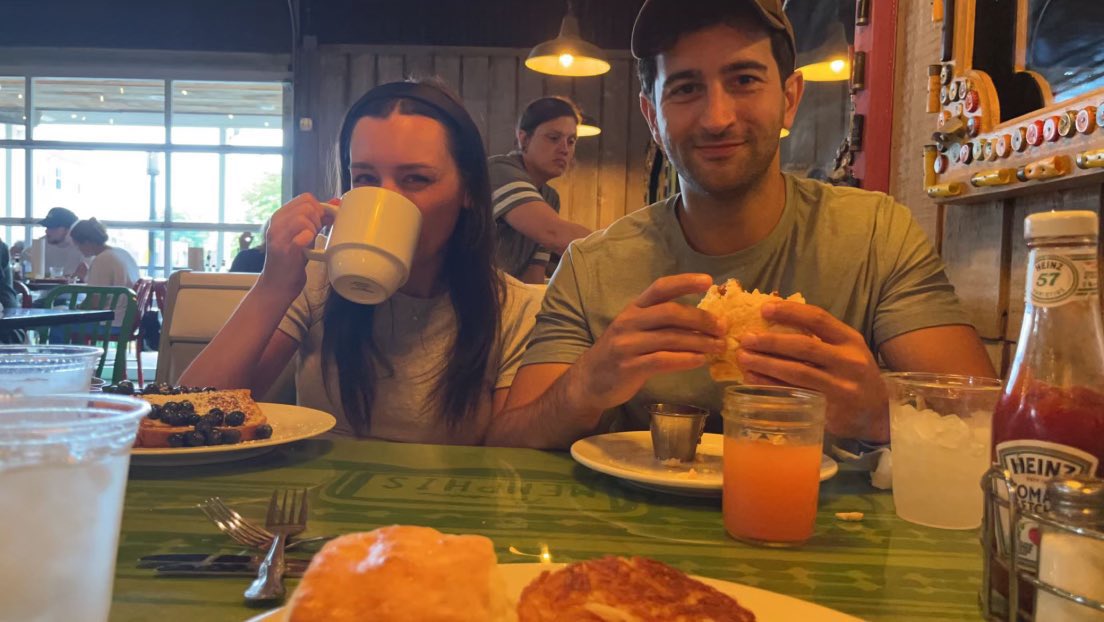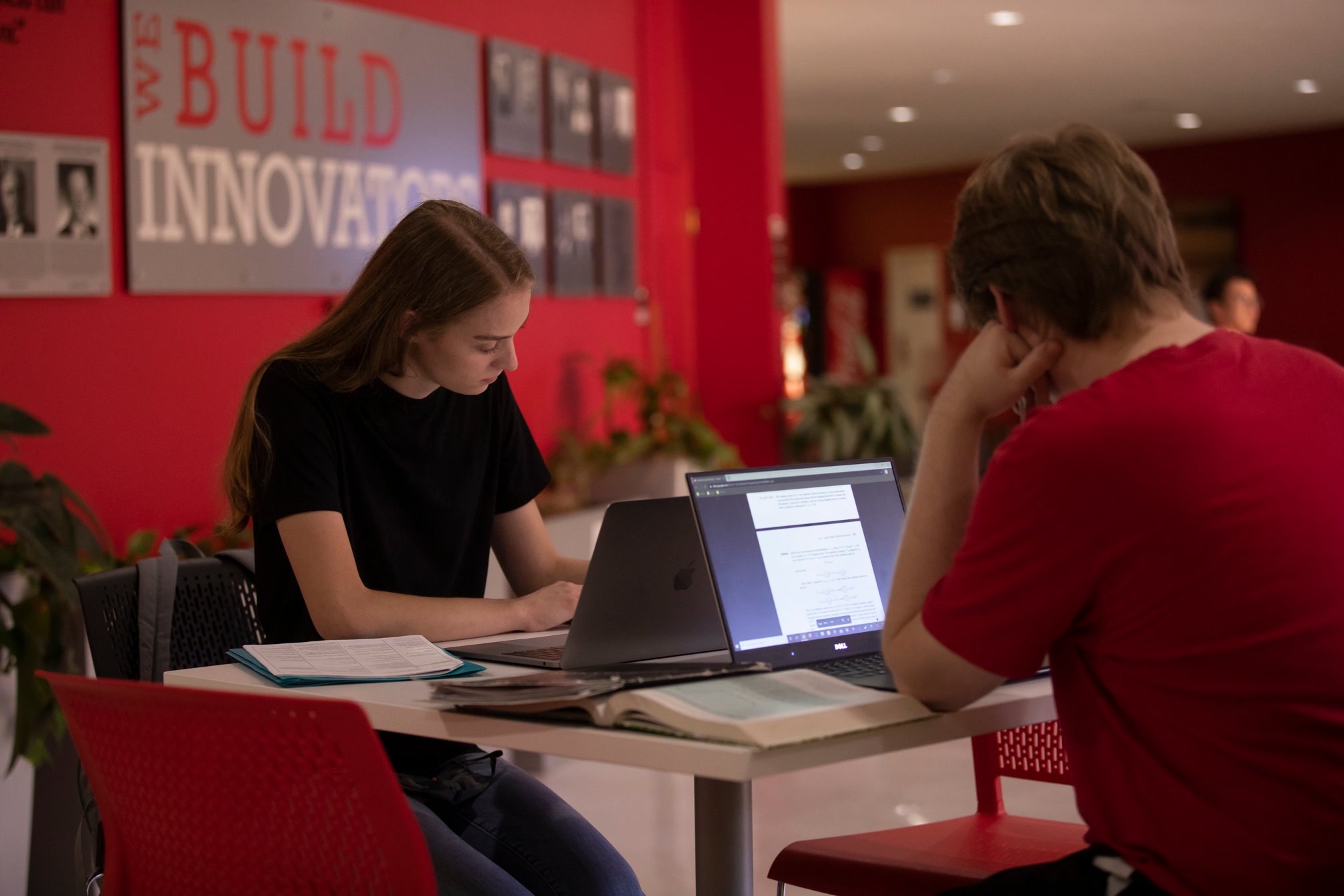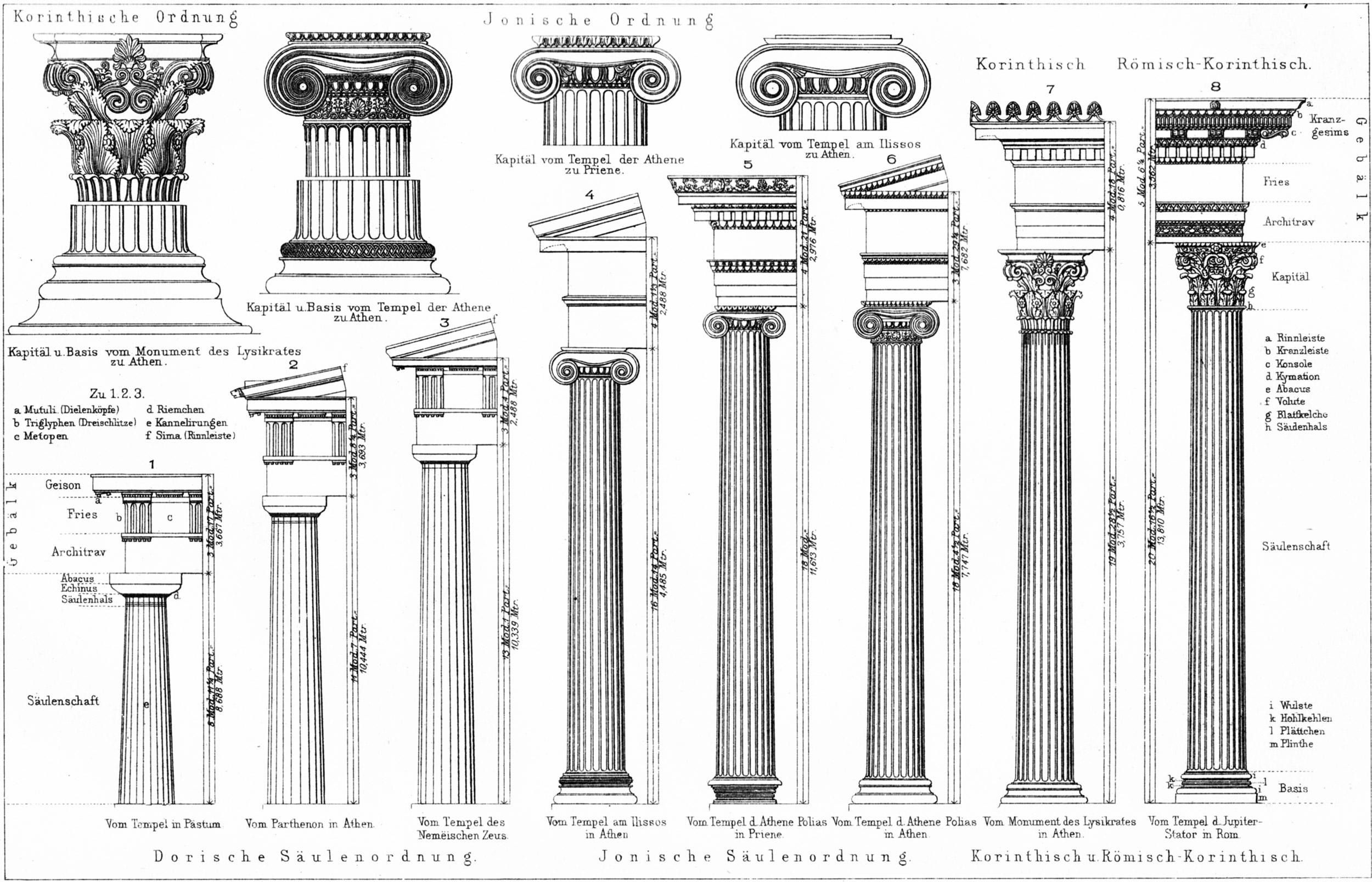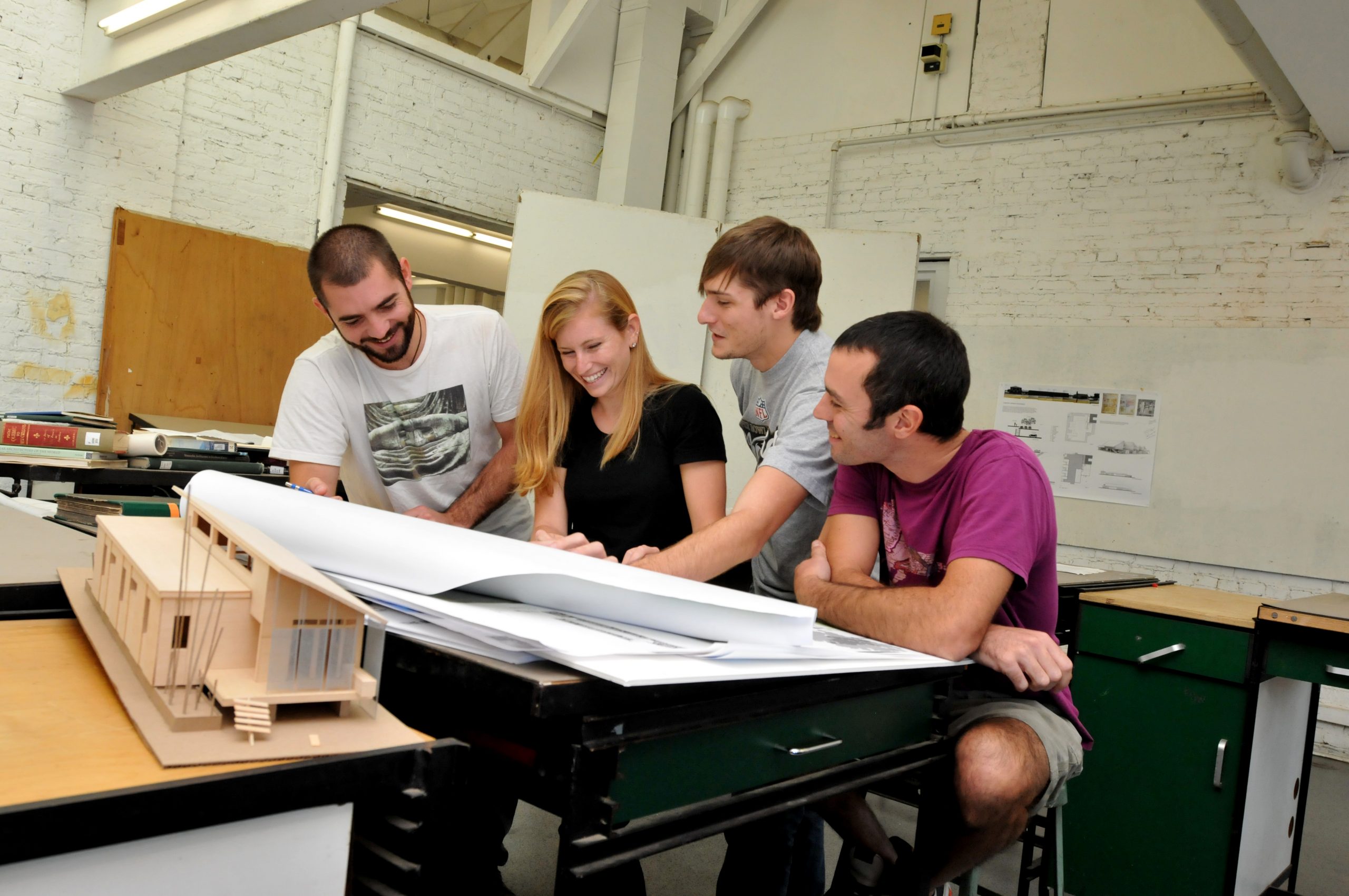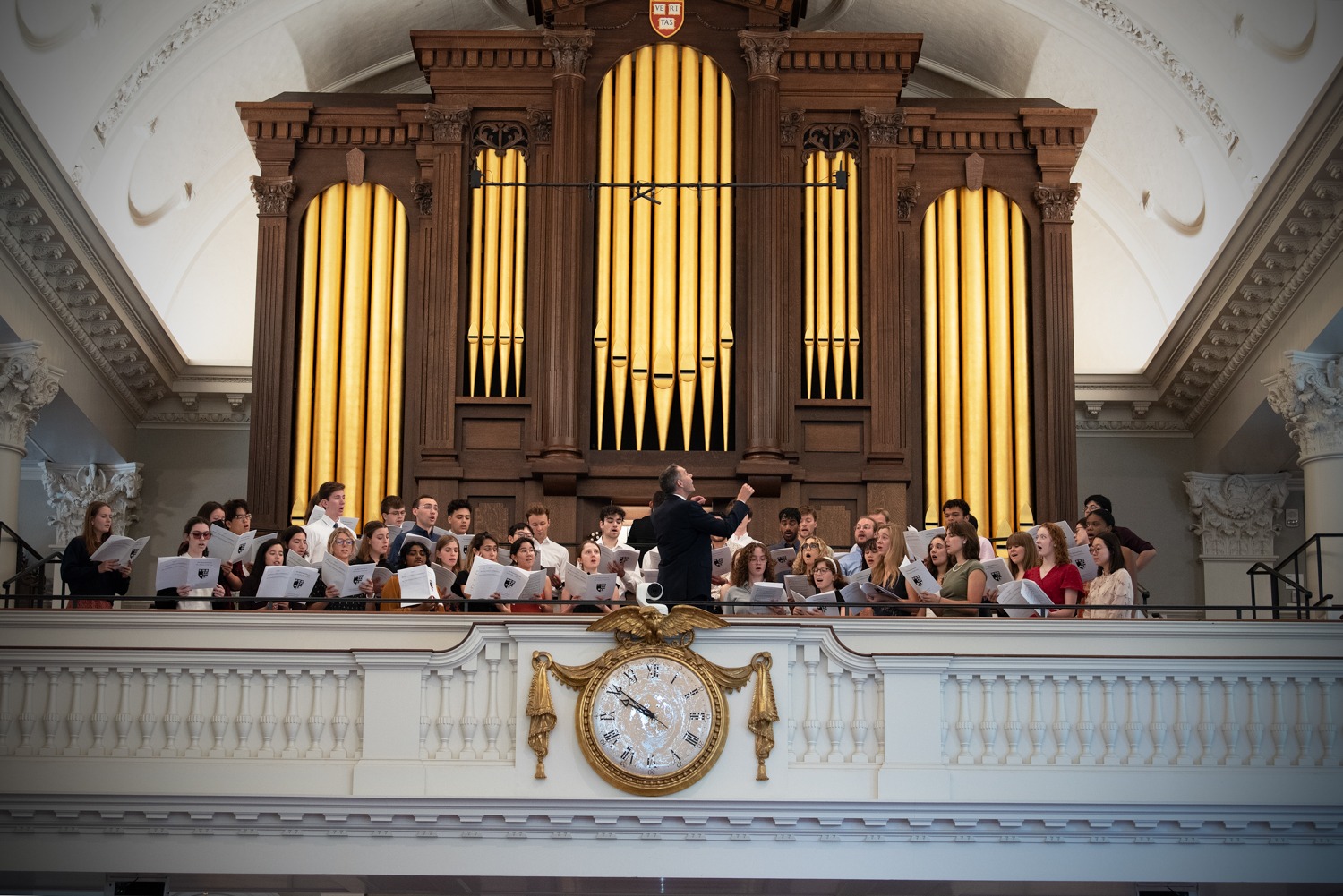Author Archives: mike@standardsmichigan.com
- Home
- Articles posted by mike@standardsmichigan.com (Page 131)

Fashion Fall
How to grab people's attention. pic.twitter.com/uys9KU73es
— The Figen (@TheFigen_) May 17, 2025
Loving Anglo Autumn pic.twitter.com/DTa5TpM9i4
— Will Tanner (@Will_Tanner_1) November 24, 2024
— Prep Propaganda 👔 (@prep_propaganda) December 3, 2024
I feel like I’m in a Norman Rockwell painting pic.twitter.com/BRjnSDAkPD
— Christiana (@WomnOfValor) December 11, 2024
Cloud Computing Paradigm
“The greatest danger in modern technology isn’t that machines will begin to think like people,
ut that people will begin to think like machines.”
— Michael Gazzaniga
NIST Cloud Computing Standards Roadmap
The “next big thing” reveals itself in hindsight. Some areas of interest and potential advancements include:
- Edge Computing: Edge computing brings computation closer to the data source, reducing latency and bandwidth usage. It enables processing and analysis of data at or near the edge of the network, which is especially important for applications like IoT, real-time analytics, and autonomous systems.
- Quantum Computing: Quantum computing holds the promise of solving complex problems that are currently beyond the capabilities of classical computers. Cloud providers are exploring ways to offer quantum computing as a service, allowing users to harness the power of quantum processors.
- Serverless Computing: Serverless computing abstracts away server management, enabling developers to focus solely on writing code. Cloud providers offer Function as a Service (FaaS), where users pay only for the actual execution time of their code, leading to more cost-effective and scalable solutions.
- Multi-Cloud and Hybrid Cloud: Organizations are increasingly adopting multi-cloud and hybrid cloud strategies to avoid vendor lock-in, enhance resilience, and optimize performance by distributing workloads across different cloud providers and on-premises infrastructure.
- Artificial Intelligence and Machine Learning: Cloud providers are integrating AI and ML capabilities into their platforms, making it easier for developers to build AI-driven applications and leverage pre-built models for various tasks.
- Serverless AI: The combination of serverless computing and AI allows developers to build and deploy AI models without managing the underlying infrastructure, reducing complexity and operational overhead.
- Extended Security and Privacy: As data privacy concerns grow, cloud providers are investing in improved security measures and privacy-enhancing technologies to protect sensitive data and ensure compliance with regulations.
- Containerization and Kubernetes: Containers offer a lightweight, portable way to package and deploy applications. Kubernetes, as a container orchestration tool, simplifies the management of containerized applications, enabling scalable and resilient deployments.
“All Applicable Standards”
From time to time we drill into representative design guidelines and specifications for facility classes that are present on educational campuses; including projects involving the spaces between buildings — i.e. water, pathway, power and telecommunication infrastructure.
We place particular emphasis on the “General Conditions” of these guidelines and specifications because up to 20 percent of a construction project may involve the cost of general conditions; depending upon how many disciplines are involved.
We find excesses in the General Conditions that tend to inflate contingency requirements but also shortcomings that design professionals, construction project managers and building service engineers* should know about. Facility development units will likely want to tweak design and construction documents to harmonize with the latest changes in the codes and standards that govern the safety and sustainability agenda of the education facility industry.
Tulane University School of Architecture
Building services engineers are responsible for the design, installation, operation and monitoring of the technical services in buildings (including mechanical, electrical and public health systems, also known as MEP or HVAC), in order to ensure the safe, comfortable and environmentally friendly operation.
Building services engineers work closely with other construction professionals such as architects, structural engineers and quantity surveyors.
Building services engineers influence the architectural design of building, in particular facades, in relation to energy efficiency and indoor environment, and can integrate local energy production (e.g. façade-integrated photovoltaics) or community-scale energy facilities (e.g. district heating). Building services engineers therefore play an important role in the design and operation of energy-efficient buildings (including green buildings, passive houses and zero energy buildings. uses. With buildings accounting for about a third of all carbon emissions] and over a half of the global electricity demand, building services engineers play an important role in the move to a low-carbon society; a prevailing sentiment among many educational settlements.
Update: 29 November 2024
Lights Out
“If You Can Measure It, You Can Improve It” (Lord Kelvin)
Critical Operations Power Systems
Operational Resilience of Hospital Journal Article Published Inaugural Issue
Consuting-Specifying Engineer | Risk Assessments for Critical Operations Power Systems
Electrical Construction & Maintenance | Critical Operations Power Systems
Facilities Manager | Critical Operations Power Systems: The Generator in Your Backyard
National Electrical Code: Article 110 Requirements for Electrical Installations (Section 110.5 was revised to include aluminum wiring which can cut the cost of running large chunks of campus power by 2/3rds and increase campus power reliability by cutting the cost of backup feeders)
IEEE-TV Education & Healthcare Facilities Committee
Varieties of Innovation
History News Network: Why Do So Many Professors Hate America?
Business innovation involves creating new or improved business processes, models, or strategies to achieve organizational goals and gain a competitive advantage. It focuses on enhancing efficiency, customer experience, and overall business performance. Business innovation may encompass changes in marketing, operations, management, or other aspects of the business ecosystem.
On the other hand, technology innovation revolves around the development and application of new technologies or the improvement of existing ones. It aims to introduce novel solutions, products, or services by leveraging advancements in technology. Technology innovation can be driven by scientific research, engineering breakthroughs, or the integration of emerging technologies to address specific needs.
While business innovation is broad and encompasses various facets of organizational improvement, technology innovation specifically centers on advancements in technology and their strategic implementation. Successful companies often integrate both types of innovation to stay competitive, using business innovation to optimize processes and technology innovation to enable novel solutions and capabilities.
Noteworthy innovations relevant to the development and maintenance of the real assets of education settlements:
- Proptech Platforms: Various proptech (property technology) platforms have emerged to streamline property management tasks, including tenant communication, rent collection, and maintenance requests. Examples include Buildium, AppFolio, and Propertyware.
- Blockchain in Real Estate: Blockchain technology is being explored for its potential to enhance transparency, security, and efficiency in real estate transactions. Smart contracts on blockchain can automate and secure property transactions.
- Virtual and Augmented Reality (VR/AR): VR and AR technologies are being used for virtual property tours, allowing potential buyers or tenants to explore properties remotely. This helps in saving time and making more informed decisions.
- Predictive Analytics: Data analytics and machine learning are being employed to analyze market trends, predict property values, and assess investment opportunities. This enables more data-driven decision-making in real estate.
- IoT (Internet of Things): IoT devices are being integrated into buildings for smart property management. This includes smart thermostats, security systems, and energy-efficient solutions, enhancing overall property performance.
- Automated Valuation Models (AVMs): AVMs leverage algorithms and data analysis to estimate property values. These tools provide quick and automated property valuations, aiding in pricing decisions.
- Digital Transaction Platforms: Platforms that facilitate end-to-end digital real estate transactions are gaining popularity. These platforms aim to simplify the buying and selling process, reducing paperwork and increasing efficiency.
- Energy-efficient Technologies: Sustainable and energy-efficient solutions are becoming integral to real estate development. Innovations include smart building systems for energy management, green construction materials, and renewable energy integration.
- Crowdfunding for Real Estate: Crowdfunding platforms allow individuals to invest in real estate projects with smaller amounts of capital. This democratizing approach to real estate investment provides opportunities for a broader range of investors.
- Facial Recognition and Biometrics: Some property management systems are incorporating facial recognition and biometric technologies for enhanced security in access control and building management.
Celebrating the 150th Birthday of Gustav Holst
A British composer best known for The Planets suite Gustav Holst has had a profound impact on the Anglosphere by bridging classical music with broader cultural narratives and modernity. The Planets, with its bold orchestration and thematic explorations of astrological symbolism, has resonated deeply across English-speaking countries, shaping the orchestral landscape and inspiring generations of composers, particularly in film.
Holst’s music marries English folk influences with European classical traditions, embodying a distinctly English voice that celebrates both innovation and heritage. His works emphasize emotion and mysticism, reflecting a British identity while connecting to universal themes.
In the Anglosphere, Holst’s contributions have expanded the appreciation of orchestral music, influencing composers from Benjamin Britten to John Williams, whose iconic film scores owe much to Holst’s pioneering style. Holst’s legacy endures as a touchstone of British musical identity, evoking wonder, tradition, and a cosmic scope that resonates globally.
Sir Winston Churchill – Funeral (I Vow To Thee) – The Nation’s Farewell
New update alert! The 2022 update to the Trademark Assignment Dataset is now available online. Find 1.29 million trademark assignments, involving 2.28 million unique trademark properties issued by the USPTO between March 1952 and January 2023: https://t.co/njrDAbSpwB pic.twitter.com/GkAXrHoQ9T
— USPTO (@uspto) July 13, 2023
Standards Michigan Group, LLC
2723 South State Street | Suite 150
Ann Arbor, MI 48104 USA
888-746-3670



